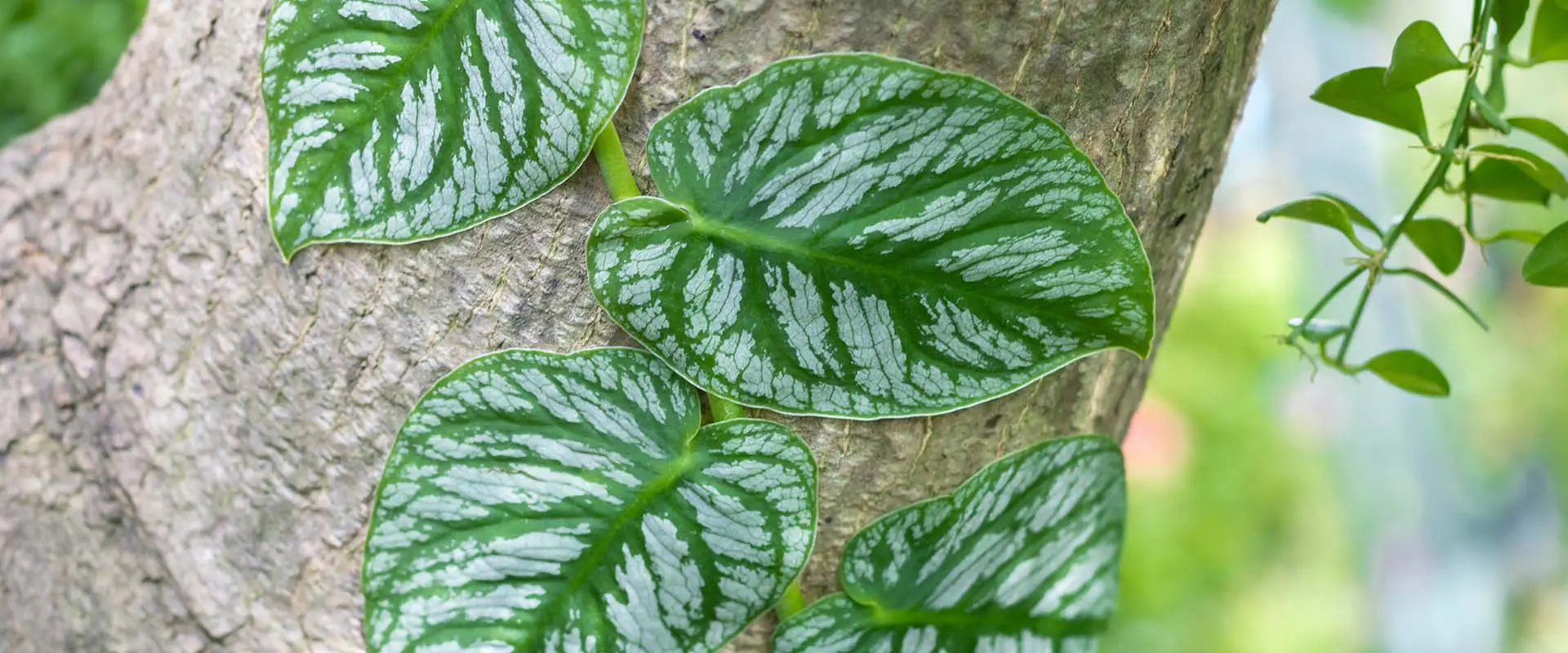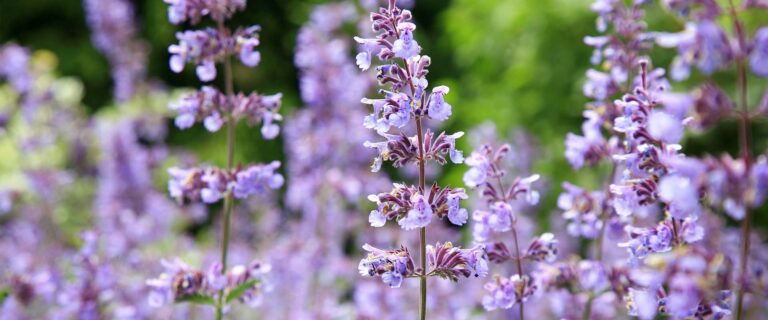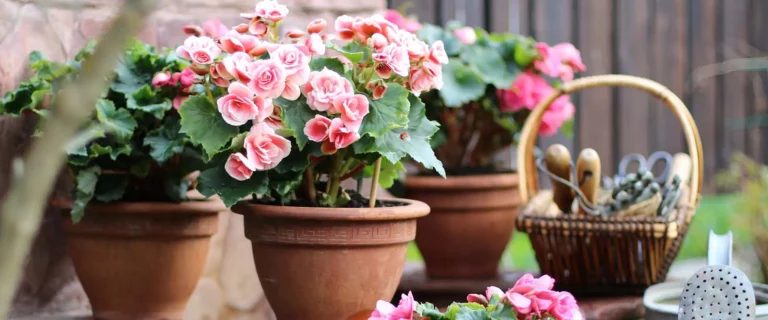Joy, our houseplant guru, wants you to know about some unique plants and special varieties that are giving her all the feels.
What’s so special about these? She loves their interesting growing patterns, or the way they react to temperature, light or vibrations. Or they’re just exceptionally cool.
Fascinating Houseplant: Mimosa or Sensitive Plant
Sometimes called the Shy Plant or the Sleeping Plant, the mimosa is native to South and Central America.
The reason it’s called the Sensitive Plant is that when you touch it… It goes to sleep. This reaction is actually called seismonasty, which is the response of a plant to touch or vibration. This is a defense mechanism to protect themselves from predators or overheating, or light sensitivity. This is the same process that venus flytraps use when they catch their prey, except that’s for carnivorous reasons.
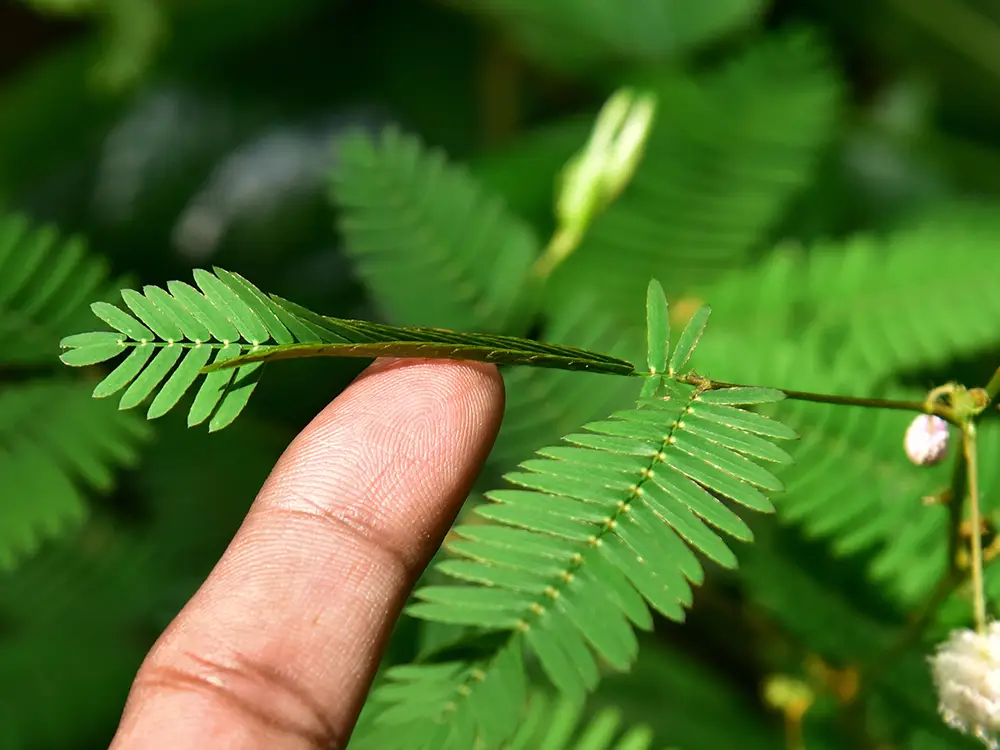
Joy had a customer who grew up in Columbia, and who remembered running in fields of sensitive plants (flowering perennials there) as a young girl. She liked to run her hands over the plants and watch them “go to sleep.”
This is what Joy loves about houseplants. They bring back memories or have sentimental value for some people and That’s. Just. Awesome.
To care for these sensitive gals, give them bright to moderate light, and keep them consistently moist. They’ll grow a little taller, but then flop over. It’s their nature to creep and climb. In the summer they get a small “poof” of a purple flower, and their new leaf growth is a lovely lime green.
Fascinating Houseplant: Philodendron Goeldii
A new favorite for Joy, this philodendron has a cool growing pattern. As they mature, they will naturally get larger, with thick, hard trunks, but it’s their leaf structure that’s different. A new leaf grows out from an existing leaf, not from the center of the plant, and not from the stem of the plant.
The new leaf grows out from an existing leaf, and it keeps doing that in a spiral pattern, so eventually it will look like a big hoop, almost like a halo. Super cool and easy to take care of.
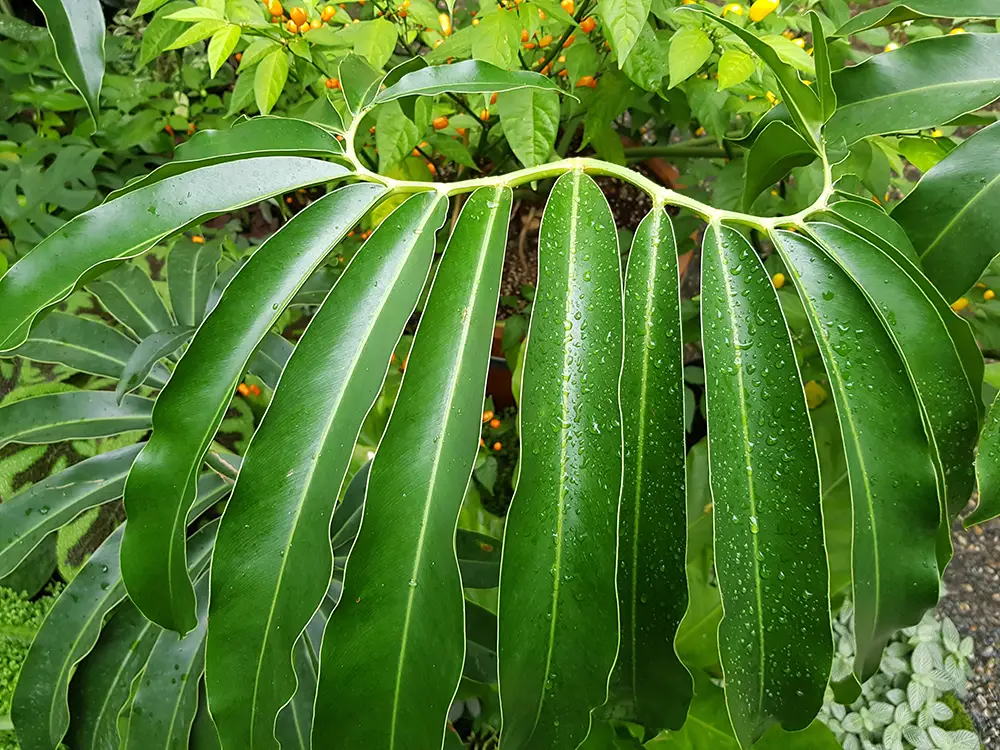
Like other philodendrons, it needs moderate to bright indirect light, and err on the drier side in between waterings. So even though it looks unique and difficult, it’s quite easy to take care of.
Fascinating Houseplant: Callisia Navicularis or Chain Plant
In the tradescantia family, this cousin is fascinating because how it grows depends on the light situation you put it in. if you have moderate to low light, you’ll see the leaves start to turn a shinier, darker green. Plus, the spacing between new leaf growth could be anywhere from one to three inches.
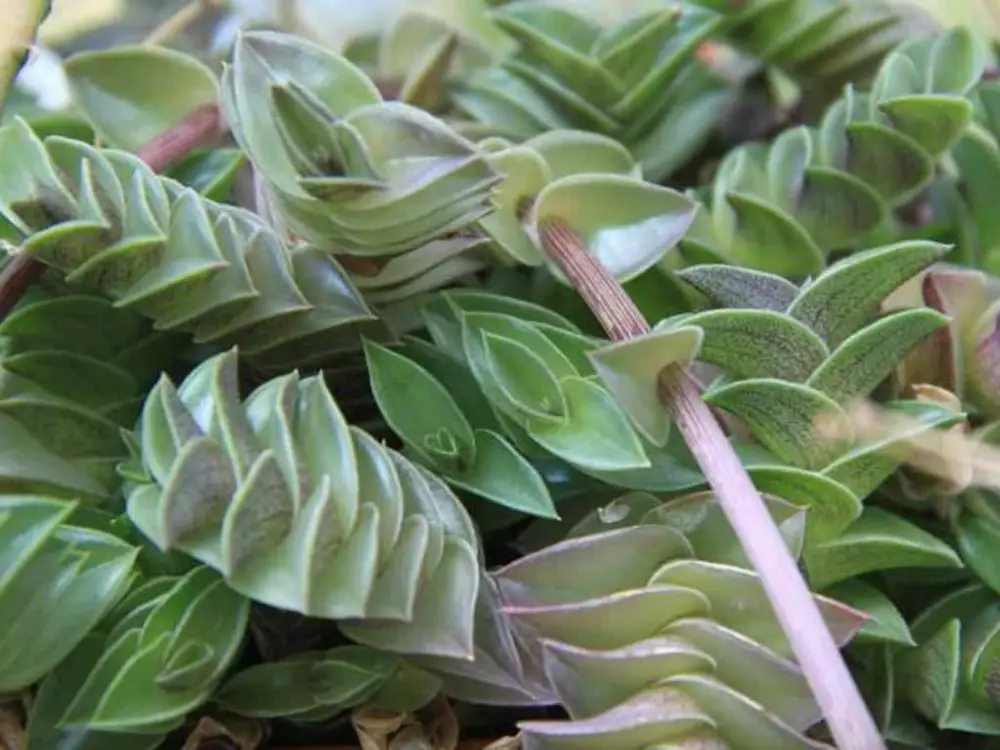
If your callisia is in a brighter area with a little more sun, the leaves turn a beautiful purple color, and grow like a tight chain, almost on top of each other. It also has tiny purple flowers, each one lasting just a day.
A succulent, this callisia needs well-draining soil that goes dry between waterings. Of course, the more light it gets, the faster it dries out, so keep an eye on that.
Fascinating Houseplant: Monstera Dubia
Also called the Shingle Plant, this monstera needs to be staked on a piece of, ahem, shingled wood to keep it growing the way it’s supposed to. In the wild, this plant chooses a host plant and then flattens itself to it. This is why you’ll need a piece of flat, soft wood, a piece of bark, or nice driftwood for this plant to climb on. It has gorgeous variegation and color with silvery blue, pewter, green… So pretty!
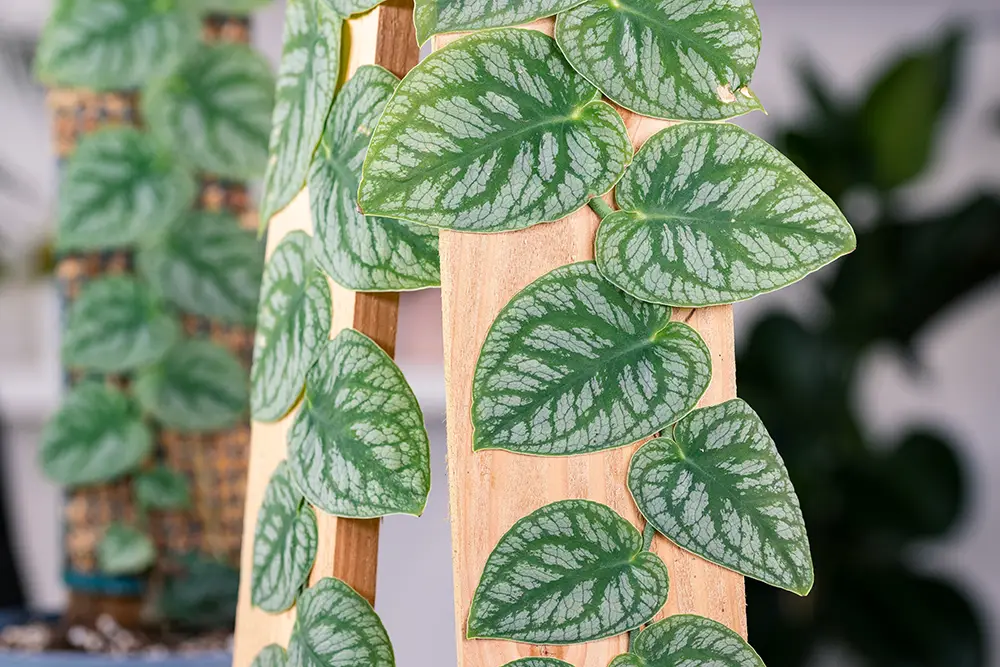
In its natural setting, it can grow 10 to 12 feet tall. And as it reaches that height, the leaves get larger, start to lose their variegation, and get splits and openings just like the popular Monstera deliciosa. Almost like emerging into a completely different plant!
As for care, she needs moderate to bright light, and can’t go completely dry between waterings, with soil that needs to be kept moderately moist

